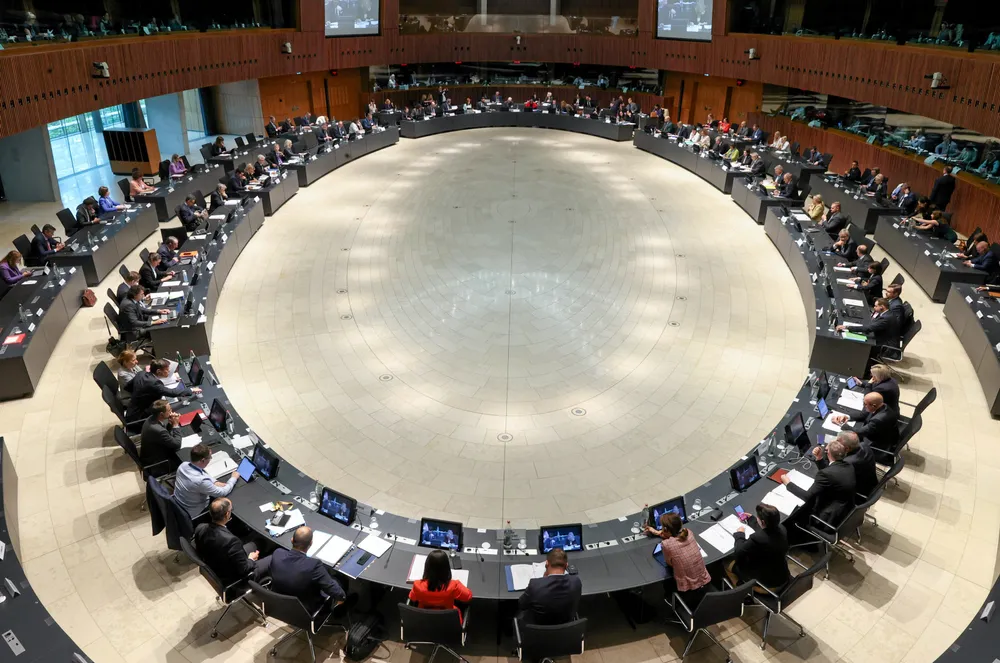Demand for green hydrogen to skyrocket after EU nations approve mandatory usage targets in industry and transport
Member states agree that 42% of hydrogen used by industry and 1% of transport fuel must be renewable by 2030

Member states agree that 42% of hydrogen used by industry and 1% of transport fuel must be renewable by 2030
